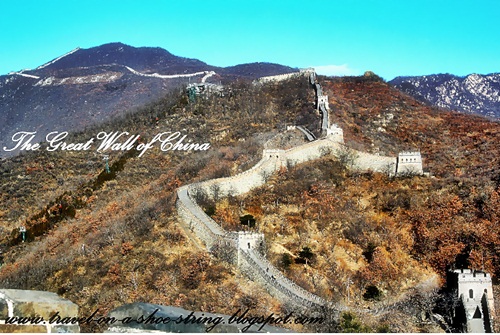- a single entry visa which is valid for 3 months
- a double entry visa which is valid for 6 months
- a multiple entry visa which is valid for 6, 12 or 24 months.

Today, I receive all God’s love for me. Today, I open myself to the unbounded, limitless, overflowing abundance of God’s Universe. Today, I open myself to your Blessings, healing and miracles.Today, I open myself to God’s Word so that I become more like Jesus Everyday. Today, I proclaim that I’m God’s Beloved, I’m God’s Servant, I’m God’s powerful champion, And because I am blessed, I will bless the world, In Jesus Name, Amen.
The Great Wall of China is referred to in Mandarin as Wanli Changcheng (10,000-Li Long Wall or simply very long wall) BEIJING, CHINA- S...



















The last time I checked, no other bank note all over the world has both parents and his son in the same bank note-PNOY





| Spots | Addr. | Admission Fee | Bus Routes |
| Leifeng Pagoda | 15 Nanshan Road | CNY40 | Y1, Y2, Y3, K4, J5, Y6, Y7, Y9, K291, K504, K808, 822/K822 |
| Three Pools Mirroring the Moon | the bigger islet in the southwest of the lake | CNY20 | ---- |
| Chenghuang Pavilion | 3 Wushan Road | CNY30 | 38/K38, Y7, Y8, 8/K8, J9, 25/K25, 34/K34, 35/K35, 40/K40, 59/K59、60/K60 |
| Lingyin | 1 Fayun Nong, Lingyin Road | CNY30 (Lingyin Temple) CNY45 (Fei Lai Feng) | Y1, Y2, 7/K7, Y13, K807/K837 |

Travel, Photographs and Lifestyle Copyright © 2010 LKart Theme is Designed by Lasantha